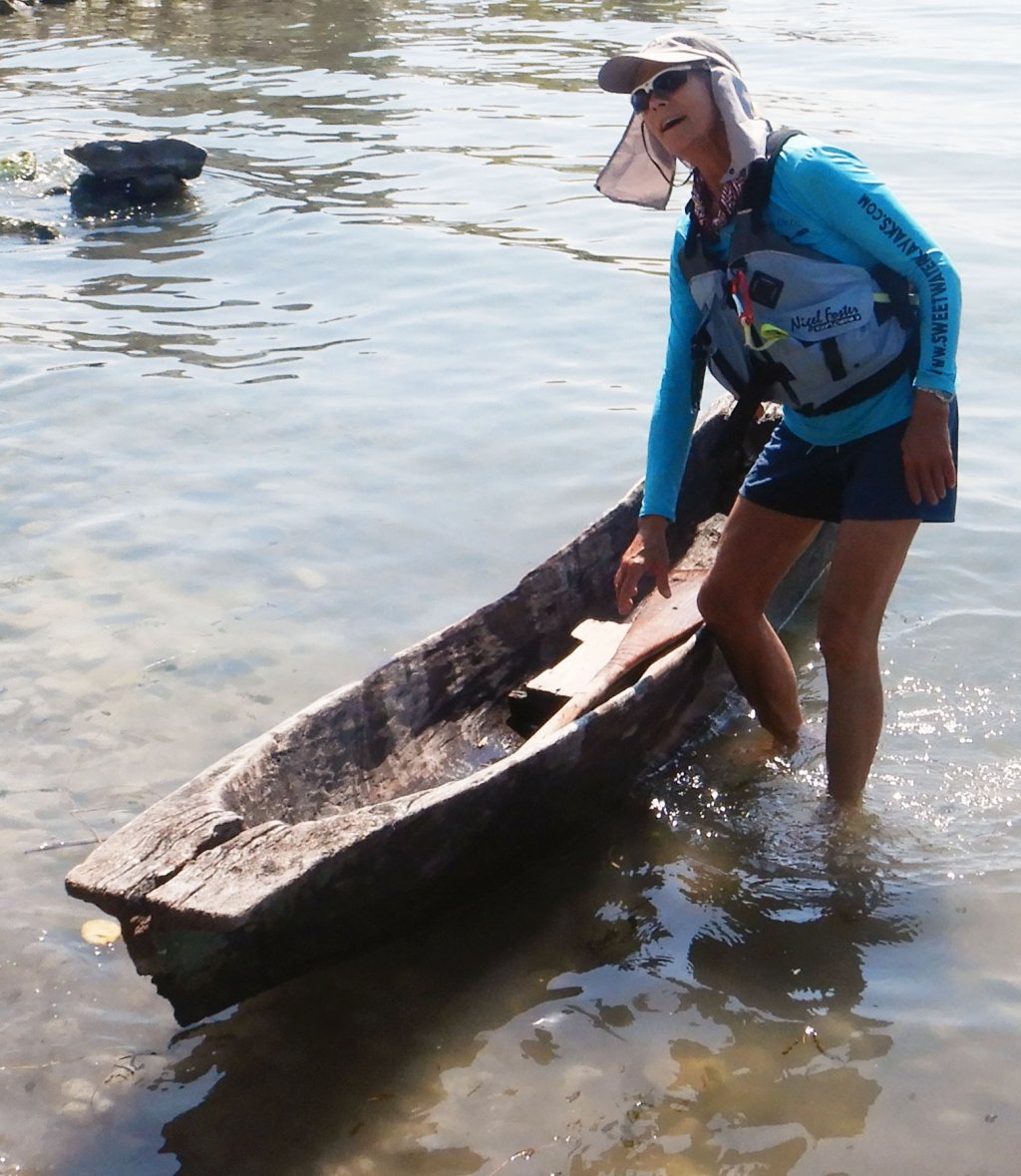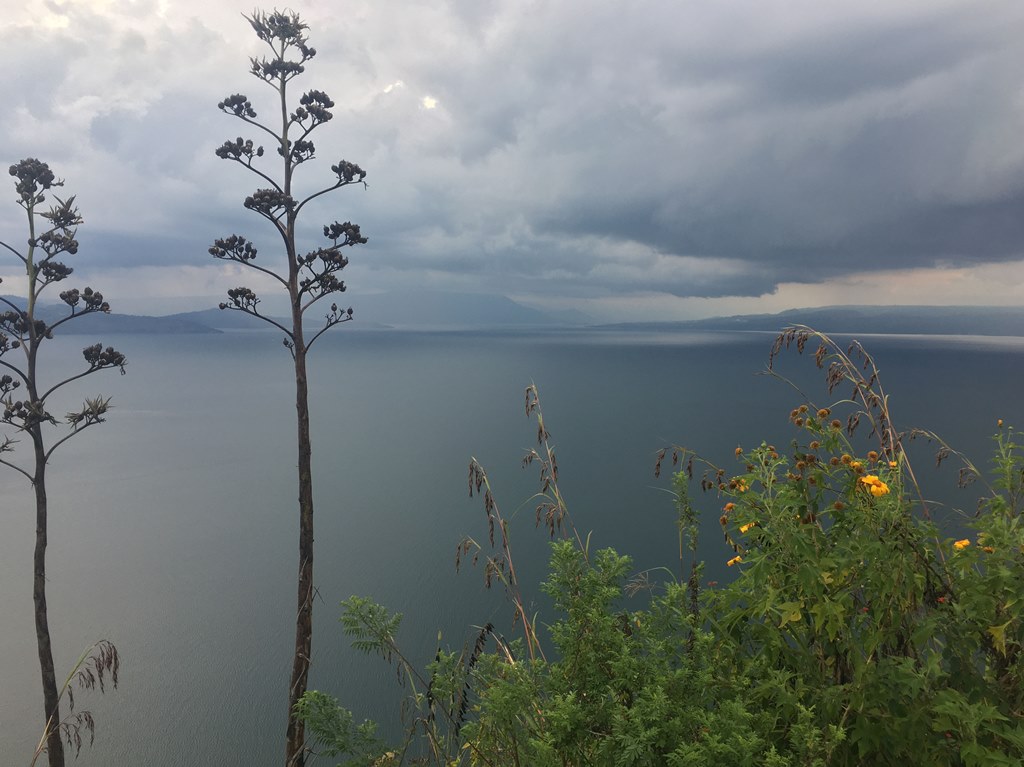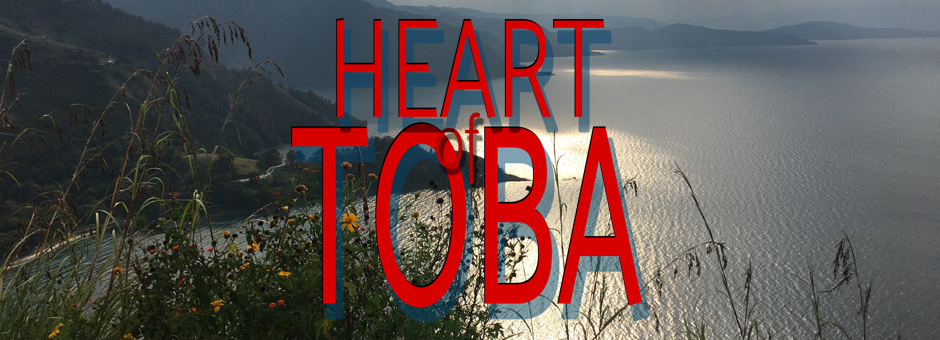Read More
Lake Toba was not drawn on any map until 1852, when first a European explorer reported having seen its waters. Until then it was successfully shielded by forest and guarded by Batak tribes who ate strangers alive, and by tribal chiefs who collected heads. American missionaries Munson and Lyman were killed and eaten. Even Dutch colonialism, already well established on the coast, stalled in its spread toward the lake.
The determined defensive efforts of King Sisingamangaraja XII frustrated the Dutch advance for thirty years. In the end, the colonists' obsession for coffee, combined with German missionary persistence, led to the building of roads and a short canal, the spread of Christianity and the suppression of inter-tribal warfare. This changed Batak life around the lake, maybe in more impactful ways than the more recent declaration of Indonesian independence.

Legendary Guides Priyo Utomo with Swina Montororing

Kristin Nelson tries a dugout solu on Lake Toba
Nigel Foster’s lifetime interest in canoes and kayaks made him curious about traditional canoe use on the lake. Toba Batak had a paddling culture with large dugout canoes, solus bolon, used for trade and for war, and small solus for fishing. Although large canoes fell from favor once roads and motor ferries arrived, recent fish farms for tilapia and carp have not stopped the use of dugouts for fishing. But what kind of trees are used for such craft?

Lake Toba from the south
Lake Toba, though long hidden, is no small lake. When the super volcano Toba erupted 74,000 years ago, with the equivalent force of 2,800 times that of the 1980 Mount St Helens eruption in USA, it left a hole for the biggest caldera lake in the world.
The lake lies on the Great Sumatra Fault, that runs the entire length of Sumatra, close by the Sunda Megathrust, the biggest geological fault line in the world. Little wonder Toba is studied in detail by volcanologists worldwide.
But what of the Batak and their fascinating history? What grows around the lake, on and in it? Foster joined an Indonesian team backed by National Geographic Indonesia to find out.
Traveling by sea kayak on the lake, the team slowly circled Samosir Island. Called the Heart of Toba, Samosir Island, a resurgent lava dome, was once home to two hundred often warring kings. On their way, the team learned how the villages were fortified with walls of impenetrable bamboo with rock and earth ramparts. They saw how villagers grew what they needed in small plots, and how they used buffalo to work the land where tractors would fail. They discovered how in the past captives were tried, and convicts tortured and eaten alive.

Iman Situmorang
Paddling to the birthplace of celebrated poet Sitor Situmorang at Harian Boho

Spices and sambals brighten the menu at Piltik Coffee and Homestay
Human flesh is no longer on the menu, but the same seasonings that once went with it are still used to make the spicy sambals that brighten the staples of rice, chicken, egg, and fish.
Parking their kayaks, they stayed overnight with local families, on one occasion invited to sleep in the historic house of a king, a structure built before any European set eyes on the lake. They studied the beautiful construction, built to withstand earthquakes and designed to stay cool beneath the tropical sun.
Having spotted Asian water monitors, they learned of the rare Modigliani lizards. Villagers revealed the dying and weaving techniques for ceremonial ulos. Despite the influences of Dutch colonialists, German missionaries such as Nommensen, and Indonesian independence, Toba Batak still maintain their cultural identity, beliefs and traditions.
Swina at Baligé market
The son of legendary Batak poet Sitor Situmorang decoded local architectural motifs, explaining Batak history and burial customs, and re-interment rituals. Introduced to traditional music and dancing, refreshed by fermented sugar palm sap, or tuak, enlivened by new friendships, Foster began to understand what Lake Toba means to Toba Batak. He gimpsed at what Batak future holds. In Heart of Toba, Foster offers a compelling portrait of Batak life inside the caldera, on the shores of the mysterious Lake Toba.
Nigel Foster's book Heart of Toba published in 2021.
Read Nigel's blog about Toba and his other posts in Kayaking Stuff.
